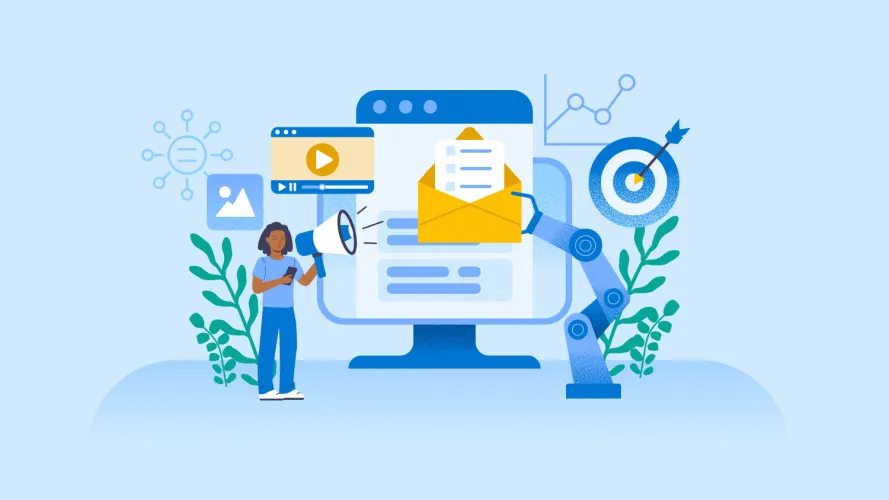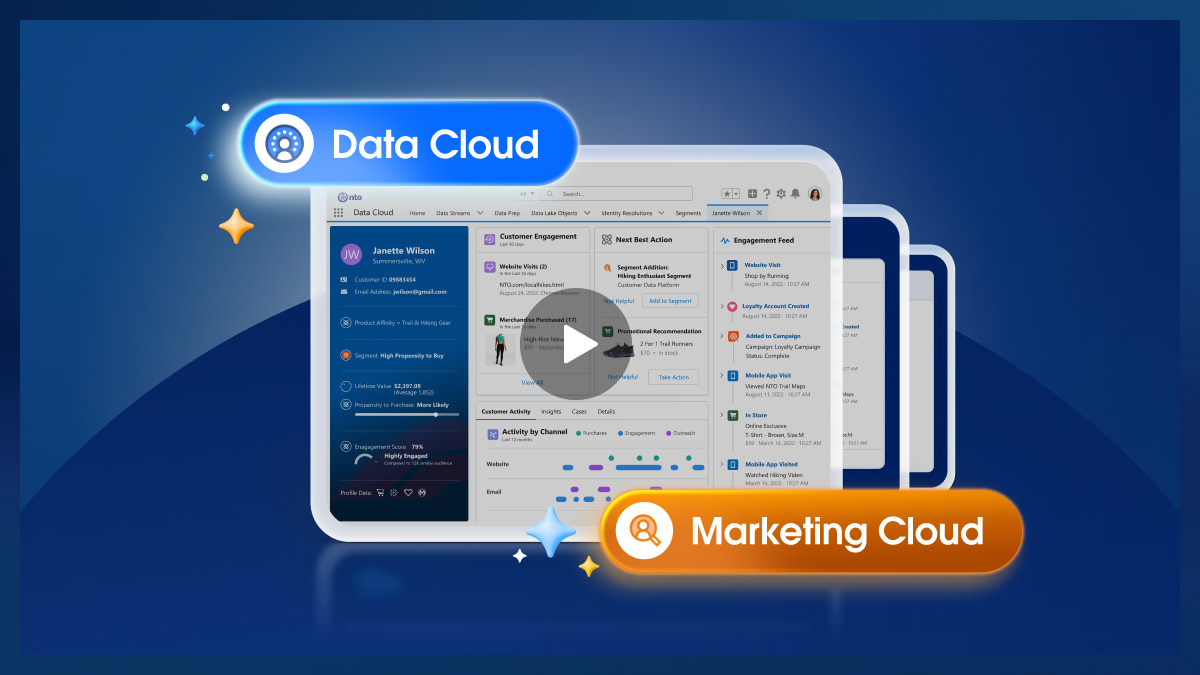Data Activation Guide: Redefining the CDP
5 use cases that connect data across departments to power AI and agents
All marketers know they should be using data to inform decisions, power AI and agents, and personalize interactions, but precious few know how to actually do it. The ones who do end up on top. Where does that leave everyone else?
The most successful companies are data-driven, because data allows them to get a complete picture of their customers – proving to them that they know, understand, and value them. It also lets marketers personalize experiences to make sure the right message reaches the right person on the right channel at the right time, and to be more efficient with AI and agents. However, harnessing all this information can be tricky. To do it, companies must contend with a few issues: having too much data, data and technology siloes, siloed workstreams, and ongoing privacy changes that complicate data governance, usage and management.
Plus, while many companies have made the first steps toward centralizing their data via Customer Data Platforms (CDP) and Data Lakes or Data Warehouses, they still struggle to use those tools to power AI and agents, decrease cost of customer acquisition, improve conversion rates, and increase lifetime value.
That’s because centralizing data is not enough. It might still be trapped in isolated systems belonging to one department or another, and disconnected from the applications you use to connect with customers. Plus, the data required to train large language models (LLMs) needs to be current, and properly governed. Data silos are the greatest impediment to leveraging AI effectively.

8 Ways Marketing Agents Can Help You Build, Launch, and Track Campaigns Like Never Before.

Customer-Driven Relationships: Why They’re Important and How to Build Them

Moving Customer Data Isn’t Cheap: How Zero Copy Can Help.
5 Use Cases of a Redefined CDP
In the rest of this guide you’ll learn how centralized data that’s accessible and actionable by marketing, commerce, sales, and service teams can build a solid foundation for AI and agents and enable 5 use cases that help you:
- Decrease cost per acquisition through targeted advertising
- Increase conversion through personalized journeys
- Close deals faster by empowering sales reps
- Increase adoption with onboarding journeys
- Increase retention by delivering proactive service

Unlock Now
More resources

Gartner® named Salesforce a Leader in Customer Data Platforms. See why.

Discover how to make every moment count with Data Cloud and Marketing Cloud



